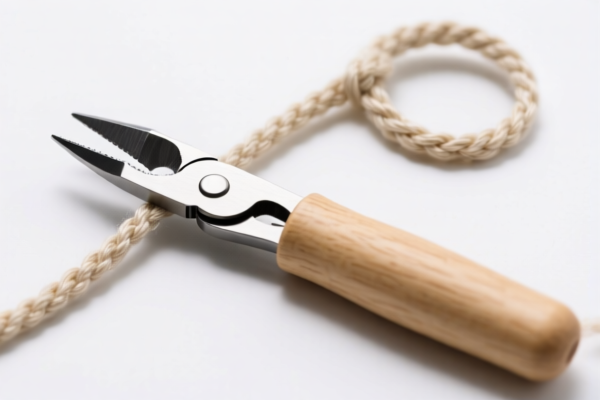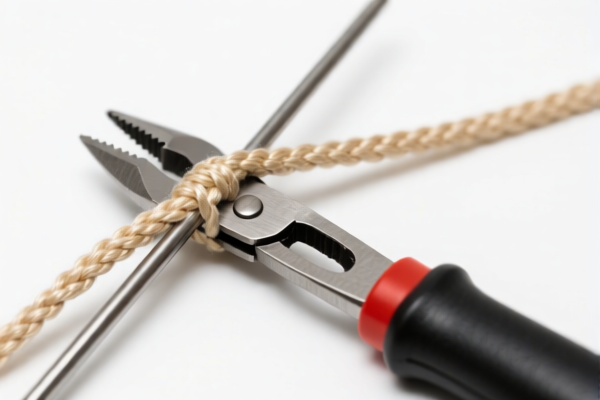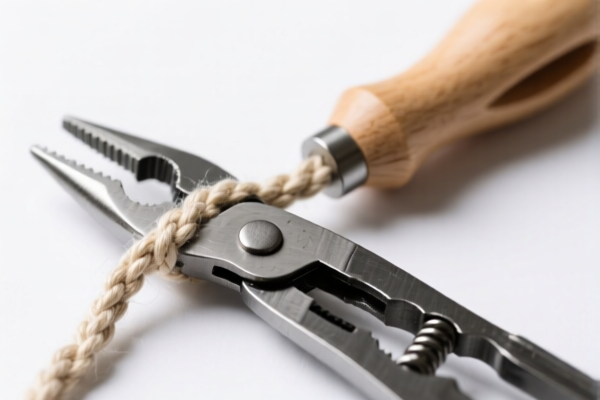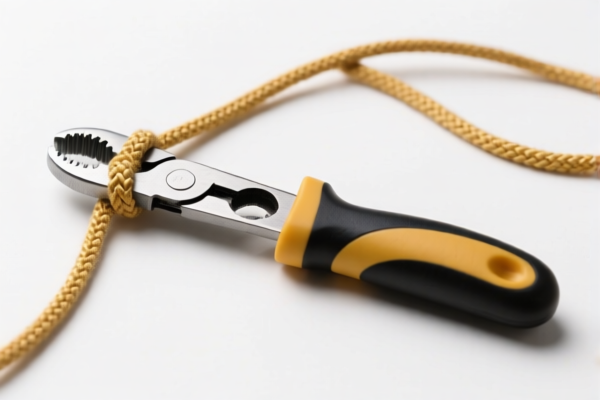| HS Code | Official Doc | Tariff Rate | Origin | Destination | Effective Date |
|---|---|---|---|---|---|
| 8201906000 | Doc | 55.0% | CN | US | 2025-05-12 |
| 8201406080 | Doc | 61.2% | CN | US | 2025-05-12 |
| 8205593010 | Doc | 55.0% | CN | US | 2025-05-12 |
| 8205593080 | Doc | 55.0% | CN | US | 2025-05-12 |
| 8487900080 | Doc | 83.9% | CN | US | 2025-05-12 |
| 8487900040 | Doc | 58.9% | CN | US | 2025-05-12 |




Locking Wedge Tool
A locking wedge tool is a specialized hand tool used to securely position and stabilize components, particularly in woodworking, metalworking, and construction applications. It utilizes a tapered wedge design, often with a locking mechanism, to exert force and prevent movement.
Material:
- Steel: Most commonly constructed from hardened steel alloys (e.g., carbon steel, alloy steel) for durability and resistance to deformation under high pressure.
- Cast Iron: Can be found in heavier-duty applications where significant clamping force is required, though less common due to weight.
- Aluminum: Lighter-weight versions exist, suitable for less demanding tasks.
- Plastic/Composite: Used in specialized applications where marring the workpiece is a concern or for specific clamping needs.
Purpose:
The primary purpose of a locking wedge tool is to create a tight, stable fit between two or more components. This is achieved by driving the wedge into a gap, expanding the components and creating friction. They are frequently used where traditional clamping methods are difficult or impractical.
Function:
- Force Application: The tapered shape of the wedge converts linear force into radial pressure.
- Secure Positioning: The locking mechanism (if present) prevents the wedge from retracting under load, maintaining consistent pressure.
- Gap Filling: Wedges can accommodate varying gap sizes, making them versatile for imperfectly fitted joints.
- Component Alignment: Used to align components during assembly or fabrication.
Usage Scenarios:
- Woodworking: Securing mortise and tenon joints, tightening dovetail joints, stabilizing components during glue-up.
- Metalworking: Fixing components in jigs and fixtures, aligning parts for welding or machining, securing shafts in housings.
- Construction: Stabilizing structural elements during assembly, aligning formwork, temporary support.
- Machining: Locking workpieces in vises or fixtures for precise cutting or grinding.
- Automotive Repair: Used in engine rebuilding or other repair tasks where secure component positioning is critical.
Common Types:
- Steel Wedges (Plain): Simple tapered steel wedges without locking mechanisms. Rely on friction and the shape of the components to stay in place.
- Screw Wedges: Feature a screw mechanism that expands the wedge when turned, providing adjustable pressure and a secure lock.
- Cam Wedges: Utilize a cam action to lock the wedge in place. Often used in quick-release applications.
- Split Wedges: Designed to be driven into a gap and then expanded by tightening a screw or bolt, creating a very strong clamping force.
- Self-Locking Wedges: Employ a unique geometry or mechanism that automatically locks the wedge in place when sufficient force is applied.
- Plastic/Composite Wedges: Often used to prevent damage to delicate surfaces.
Locking wedge tools fall under several potential classifications based on their specific characteristics and applications. Here's a breakdown of relevant HS codes based on the provided information:
- 8201906000: This code covers “Other handtools of a kind used in agriculture, horticulture or forestry, and parts thereof: Other”. If the locking wedge tool is primarily used in these sectors, this could be applicable. The total tax rate is 55.0%, comprised of a 0.0% base tariff and a 25.0%加征关税, increasing to 30.0% after April 2, 2025.
- 8205593010: This code refers to “Other handtools (including glass cutters) and parts thereof: Other: Crowbars, track tools and wedges, and parts thereof Crowbars”. If the locking wedge tool is specifically a crowbar or closely resembles one, this is a strong possibility. The total tax rate is 55.0%, with a 0.0% base tariff and a 25.0%加征关税, rising to 30.0% post-April 2, 2025.
- 8205593080: This code covers “Other handtools (including glass cutters) and parts thereof: Other: Crowbars, track tools and wedges, and parts thereof Other”. If the locking wedge tool is categorized as a track tool or wedge but doesn't specifically fit the 'crowbar' description, this code may be appropriate. The total tax rate is also 55.0%, consisting of a 0.0% base tariff and a 25.0%加征关税, increasing to 30.0% after April 2, 2025.
According to the provided reference material, the HS code options related to 'locking wedge tool' are limited, with only the following 3 found.
It is important to note that the final HS code classification depends on the tool's precise function, material, and intended use.
Customer Reviews
No reviews yet.